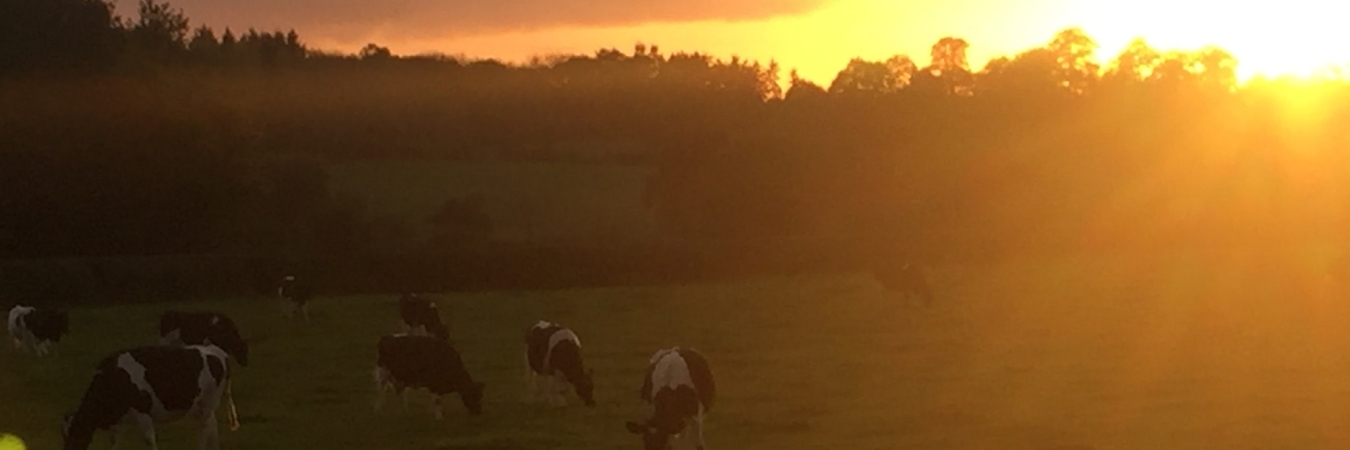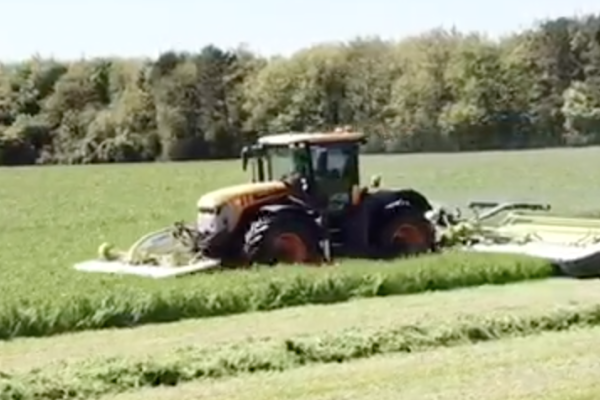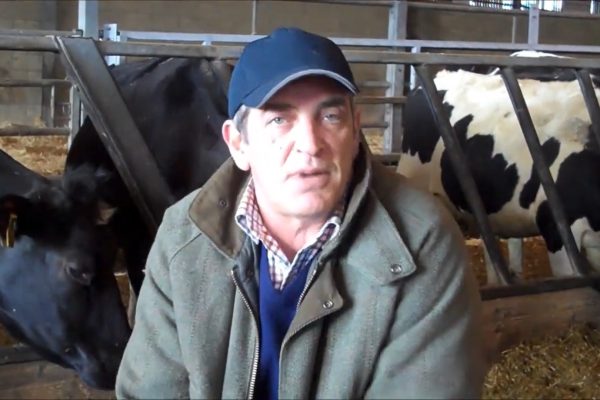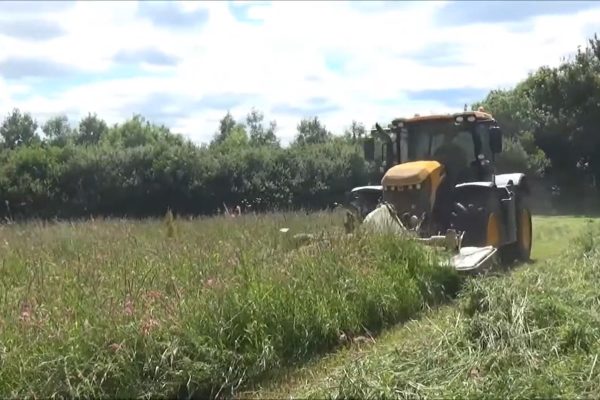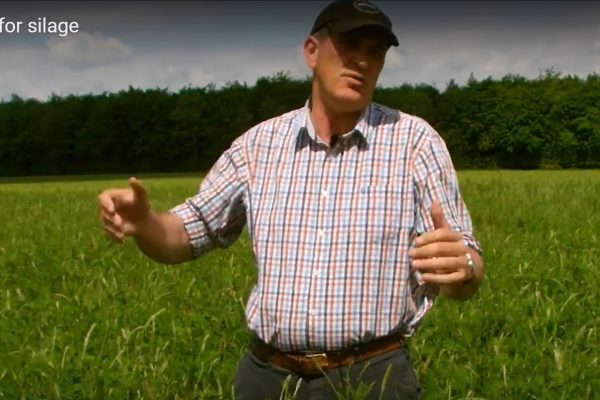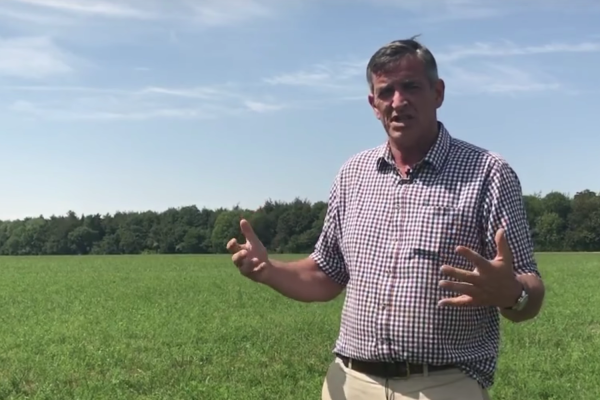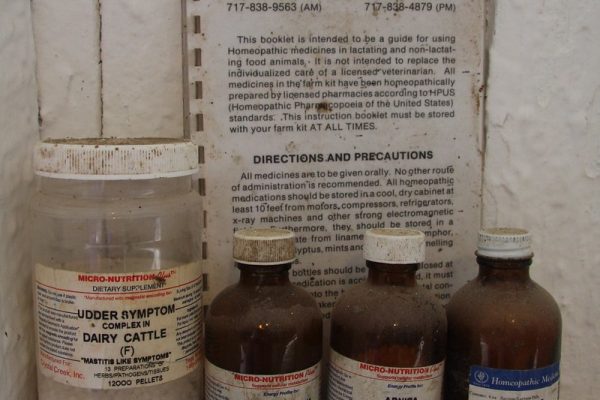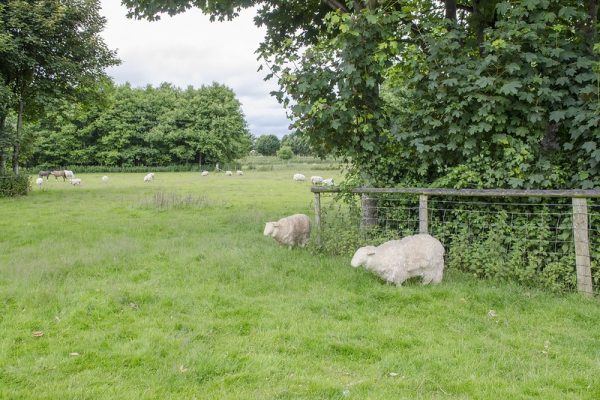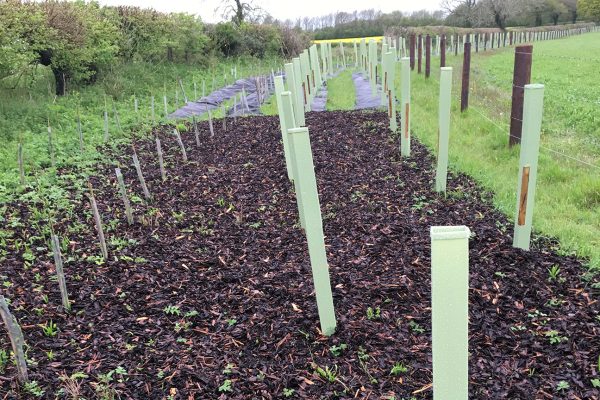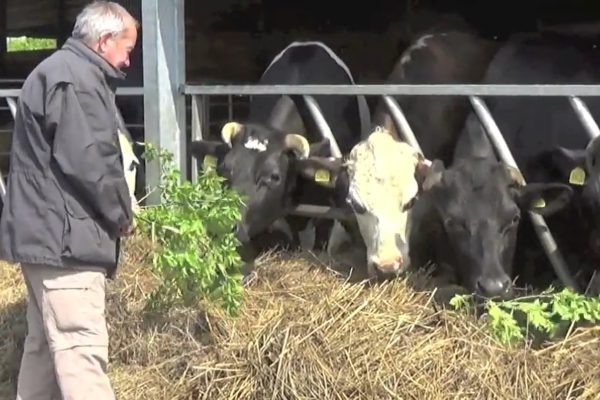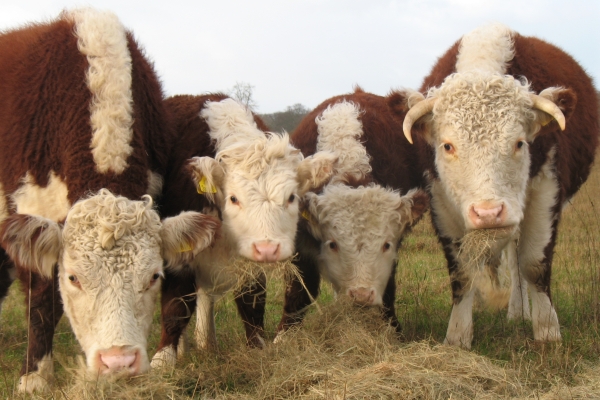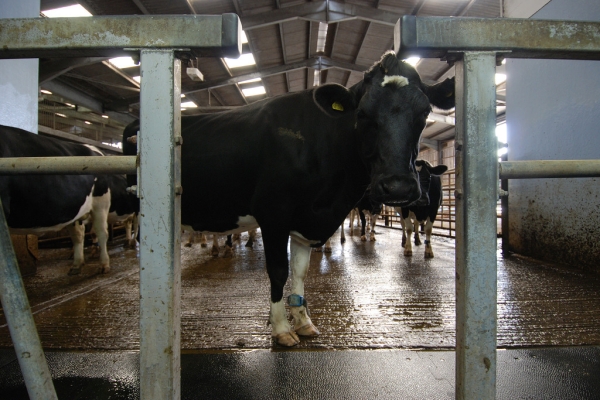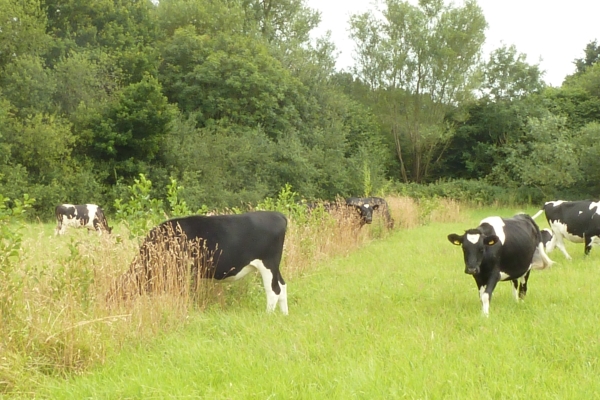Ensuring the welfare of livestock and UK farming
During April we dipped into the vast topic of ways of increasing and maintaining livestock health and welfare, such as making maximum use of grassland, reducing antibiotic use, and careful breed selection. Our featured farmer was Rob Kynaston, whose farm in Shropshire is a LEAF demonstration farm. He believes that “The key to a happy herd is to always put the animals first. We breed all our own stock which reduces the risk of disease coming onto the farm and improves traceability.” He also describes the rotational grazing system he deploys for his dairy cows and his belief that a good crop rotation is vital to help build up soil health and, fertility, benefitting both the grass and the livestock.
The Pasture-Fed Livestock Association believe that by selecting the right breeds with the most suitable genetics, coupled with good grassland management, producing lamb and beef on 100% pasture and forage crops can be done and can be profitable – you can read how here. We focused on two forage crops in particular; sainfoin and lucerne. AHDB’s useful guide describes how best to grow, graze and feed lucerne to livestock, and provides guidance on selecting the most suitable variety. A featured video filmed at the National Institute of Agricultural Botany (NIAB) in Cambridge, refers to the beneficial properties of sainfoin which can be used to feed animals in a similar way to clover, including the biomedical anthelmintic properties. This ‘healthy hay’ which, unlike clover, doesn’t cause bloat, is also high in protein. If you are interested in finding out more about it, a ‘Sainfoin Experience Day’, hosted by Cotswold Seeds and Reading University is being held on May 31st. Find out more here.
An emphasis on decreasing the use of antibiotics forms the basis of a technical note that is part of the SOLID (Sustainable Organic and Low Input Dairying) Farmer Handbook, which emphasises the need for a cautious and targeted use, and the importance of using various strategies to promote health and prevent diseases from taking hold.
In our monthly vlog, Richard Smith, Senior Farms Manager at Daylesford Farm, speaks about the health of the dairy herd at Daylesford, and the way in which he sees the communication of it as being increasingly important in the light of increasing pressure from the consumer to have a transparency in the provenance of their food. He talks about some of the important basics such as keeping stress to a minimum, giving calves the best start in life possible, creating quality forage for the cows, and providing fresh bedding every day. Daylesford and the welfare of the chickens also features in Tim Field’s vlog describing the new agroforestry system they are embarking on, which should help, among many other things, to provide more shelter for the chickens, encourage further ranging, and utilise more available pasture land…
Linking well with April’s theme, and just in time for some stimulating and thought provoking debate in what is only a matter of days away from the closing date of the Defra Health and Harmony consultation, Agricology were privileged to be invited as an official communications partner for the Sustainable Food Trust‘s ‘Future of UK Farming Conference,’ hosted last weekend by Sir Alan and Lady Parker at Fir Farm in the Cotswolds. Agricology’s Olivia Davies gives her account below…
It was a fantastic two day conference, headlined by some of the most influential figures in UK Farming including the Secretary of State for the Environment, Food and Rural Affairs, Rt Hon. Michael Gove and NFU President Minette Batters. The latter expertly surmised the significant achievements and progress made in farming over the last few decades; no mean feat when put in context of the challenges facing farmers today, such as the average family spend on groceries dropping from 30% in the 70s and 80s to a mere 12%, not to mention the current cloud of austerity, supermarket buying power and the uncertainty of Brexit. It must seem to some then, as an almost unsurmountable task to – as Minette was promoting – “move away from the blind focus on yields (and focus) on making profitable resilient farming systems.” However the mood was optimistic, and the drive very much at achieving a balanced approach when recognising the public drive for cheap food with higher animal welfare standards, whilst still ensuring farming systems are “sustainable, profitable and progressive.‘ The NFU president continued to resiliently and professionally manage a seemingly endless shell of questions from the audience, all of which you can enjoy watching back (and indeed the whole of the conference) at your leisure on the Agricology youtube channel.
Whilst the political agenda got the conference energy up and off to an excitable start, it was well balanced with the educational, practical and topical content, with fascinating talks from independent plant and soil educator Joel Williams of Integrated Soils (view the video footage here), progressive Worcestershire Farmer Rob Havard and, from the US, an audience favourite – the revolutionary and popular Joel Salatin from Polyface farm (view the video footage here). Joel, as always, proved to be enigmatic and non conciliatory when challenging the conventions of the UK farming systems – not to mention the NFU President on the more ‘standardised’ aspects of her approach!
The Agricology audience didn’t let us down and actively got involved – dispersing questions across all of the social media channels, encouraging good cross exchange dialogues between the experts and the public, and proving, as always, to be both interested and interesting. Despite an anecdote from the conference in which one farmer had googled ‘Health & Harmony’ and declared it to be a “tanning salon in Essex’(!), the overwhelming energy that came from the conference (and indeed the zeigest of recent years) seems to be a genuine understanding that although we might not have all the answers yet, we need to be bolder, more inquisitive and more explorative than ever in looking at how we farm, how we produce, how we consume… we need a circular, all encompassing approach with farmers, soil and the environment at the very heart. And that can only be a good thing.
